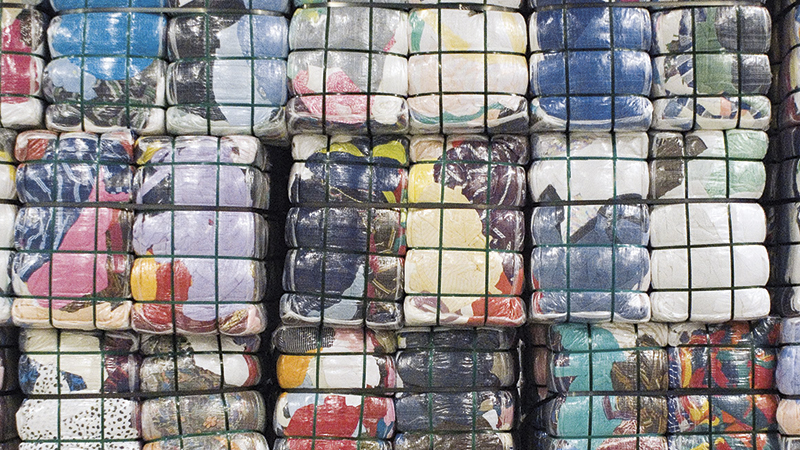Textiles and clothing are essential to our everyday life. Over the last two decades, the clothing consumption has more than doubled, leading to a drastic increase of discarded textiles. The EU-wide obligation to separately collect textiles by 2025 will further increase the supply of used textiles, shoes and accessories. To ensure optimal re-use and recycling of the used textiles, proper handling and sorting is essential.
The newly published “Euric Textiles Handling & Sorting Specifications for re-use and recycling of used textiles” are recommended as a guideline throughout the collection and sorting process to prepare items for either re-use or recycling in accordance with the waste hierarchy and best practices of the industry. They are intended to be used by industry professionals throughout the textile value chain in their day-to-day operations as the processes described secure the high quality of second-hand textiles for re-use and/or the appropriate infeed for the subsequent recycling process.
“At Euric Textiles, we feel it is important to have uniform and clear specifications describing how used textiles should be handled to achieve the highest possible percentage of re-use and recycling”, explained Mariska Zandvliet, Euric Textiles President. “With the expected increase of used textiles to be collected after 2025, it must remain our top priority to minimize quality loss throughout the sorting process and maximize possibilities to re-use and recycle. Our specifications, prepared by leading industry professionals, ensure that the quality in collected textiles is retained and describe a sorting process for sustainable re-use and recycling. Thus, serving as reliable source for the entire industry facilitating circularity in textiles“, she concluded.










